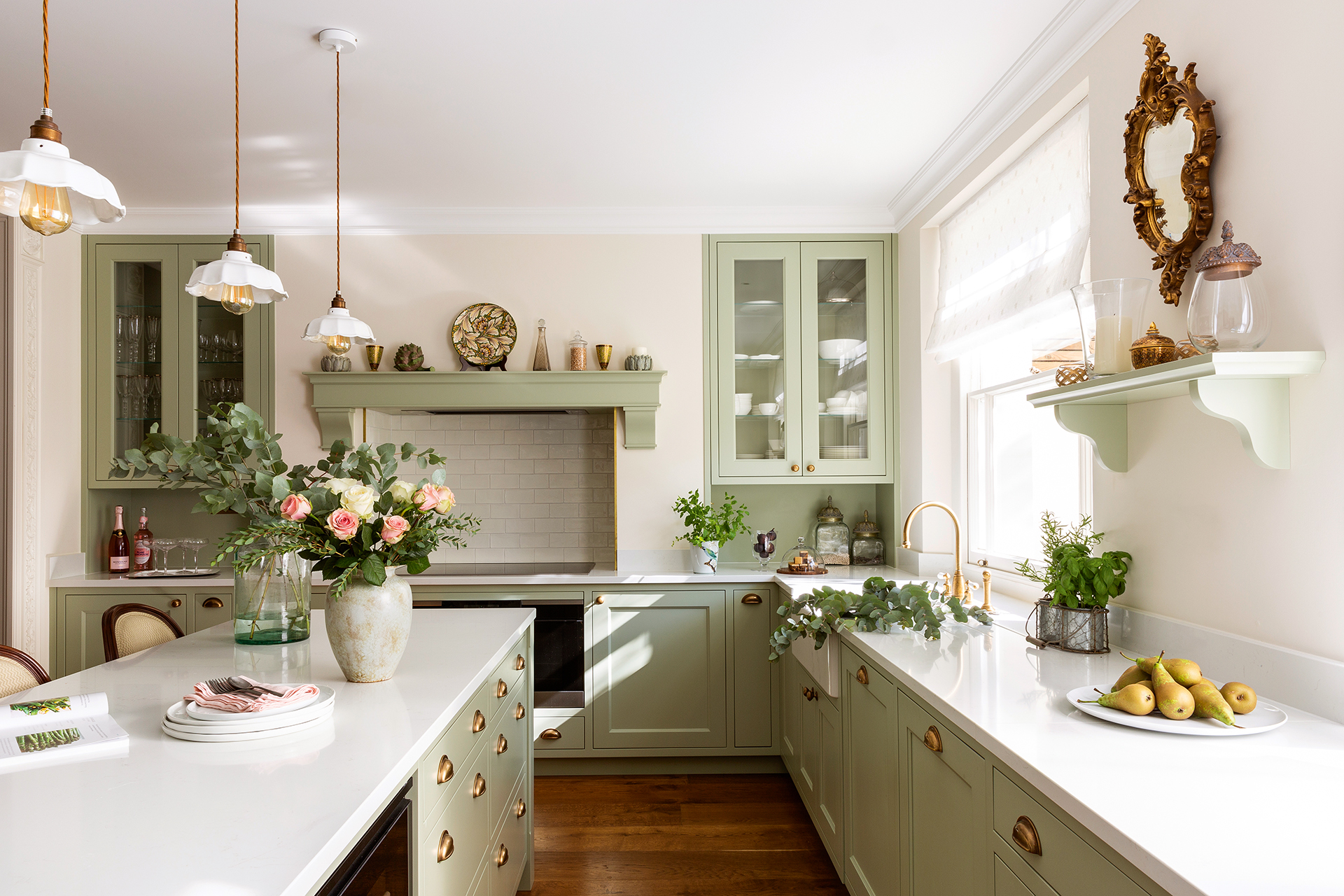
I have been eating a lot of pickles recently, but I always ended up wondering what to do with the leftover pickling juice at the end of the jar.
This is made of vinegar, which is tough on stains and leaves surfaces shiny. So, I wondered if I could reuse this to make my kitchen shine. I spoke to cleaning pros about the pros and cons of doing this and even gave it a try.
If, like me, you’ve been using pickles in everything from margaritas to salads, finding out if this non-toxic cleaning product really works will come in useful.
What is pickling juice cleaning?
When you finish a jar of pickles, you’re left with a salty, acidic liquid made from vinegar, water, salt and spices, which is known as pickling juice.
Joy Ramos, cleaning expert at Bear Brothers Cleaning, says, ‘The vinegar content in pickle brine – known as pickling juice – shares characteristics with ordinary white vinegar.
‘While most people toss it out, some people have started using it as a DIY cleaning solution, especially for grimy surfaces, rust stains, and mineral deposits.’
She says that that cleaning with vinegar works particularly well on polishing metal fixtures and cutlery, as well as for dissolving hard water stains on taps and shower heads.
Pros of pickling juice cleaning

There are plenty of benefits to cleaning with pickling juice, which Taylor Riley, cleaning pro and partner at AMR US Commercial Cleaning, explains.
- Cost-effectiveness: Using it means you won’t have to go out and buy a pre-made cleaning mixture.
- Eco-friendliness: It’s an eco-friendly way to repurpose something that would otherwise go straight down the drain.
- Odor removal: The vinegar cuts through unpleasant smells, while the garlic and spices help deodorize.
Cons of pickling juice cleaning
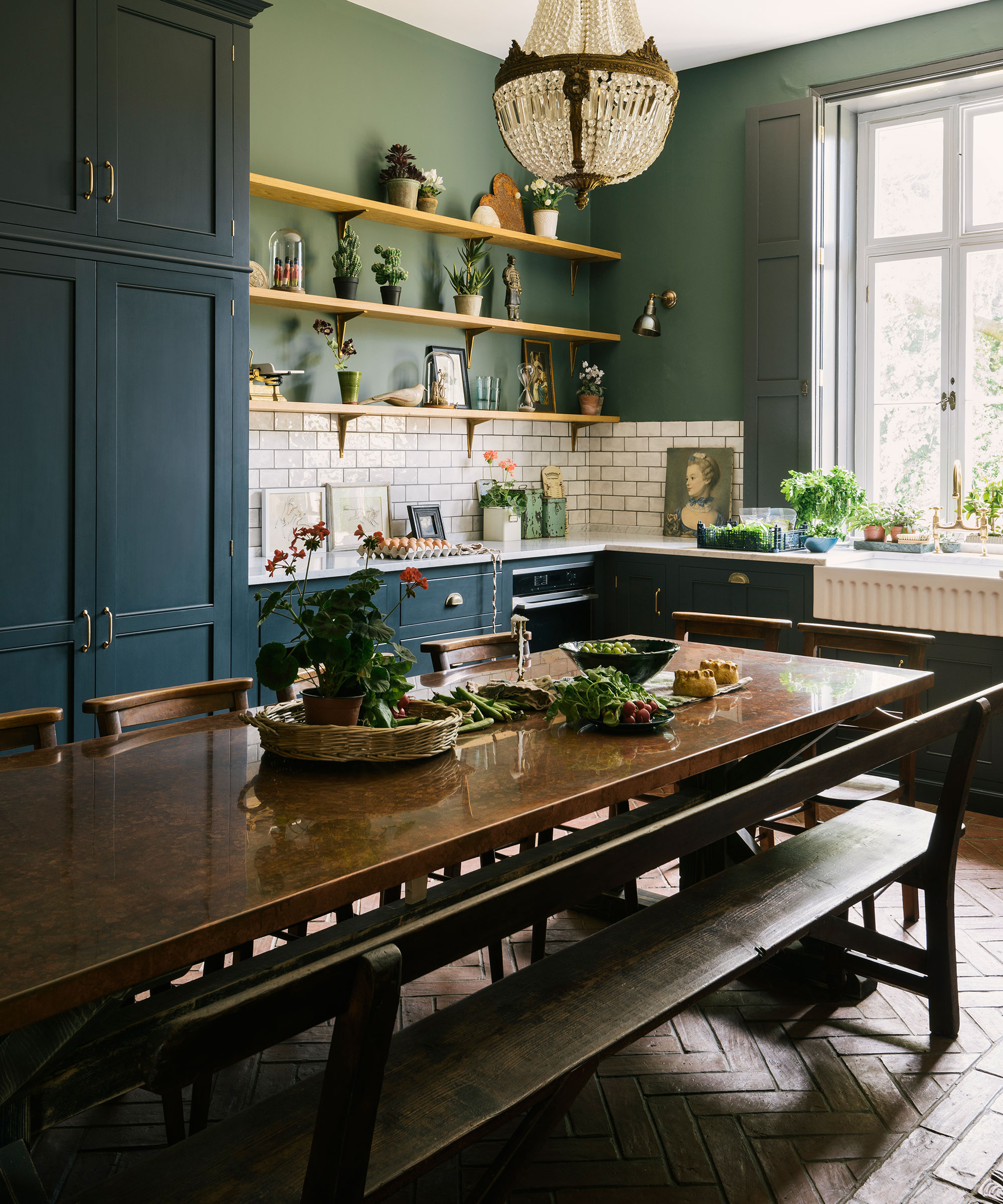
While it does work well in terms of eco-friendliness and strength, Joy says there are a few disadvantages worth keeping in mind.
- Scent: Due to the spices in it, the smell lingers longer than plain vinegar.
- Color: The brine is usually tinted (especially from pickles like beets or bread-and-butter pickles), which can leave stains on light-colored surfaces or fabrics.
- Lack of pH balance: Stone tables, unsealed wood, or delicate tile are all things that shouldn’t be cleaned with vinegar, as it can damage them over time because it's not pH-balanced for all surfaces.
How to clean with pickling juice

If you'd like to try cleaning with pickling juice, start by straining it to remove any solids or spices (I used a kitchen strainer similar to the OXO Good Grips colander from Amazon), and then transfer it to a spray bottle. You can either re-use an empty plastic spray bottle from another cleaning product or use a glass one, such as the Better Homes & Gardens bottle from Walmart.
Joy explains, ‘Spray it directly onto a fixture with buildup, let it sit for 10 minutes, then scrub gently with a brush or sponge and rinse with warm water.’
It can also be used to clean garbage disposals, as the vinegar is brilliant at cutting through unpleasant scents, and the spices help deodorize naturally.
If you like natural cleaning ideas but aren’t sure about pickling juice, I also like cleaning with baking soda for the same reason.
Taylor says, ‘Just pour about half a cup down the drain, let it sit for five to 10 minutes, then flush it out with hot water.’
He also suggests using it to clean drip coffee makers, as the acidity helps cut through hard water deposits and old coffee stains. ‘Fill the reservoir halfway with pickling juice, let it sit for 30 minutes, then run a rinse cycle or two with plain water.’
This is a good idea for pots and presses, but I wouldn’t advise doing this on a coffee machine that serves espresso shots, as it could impact the flavour.
Who cleaning with pickling juice is good for
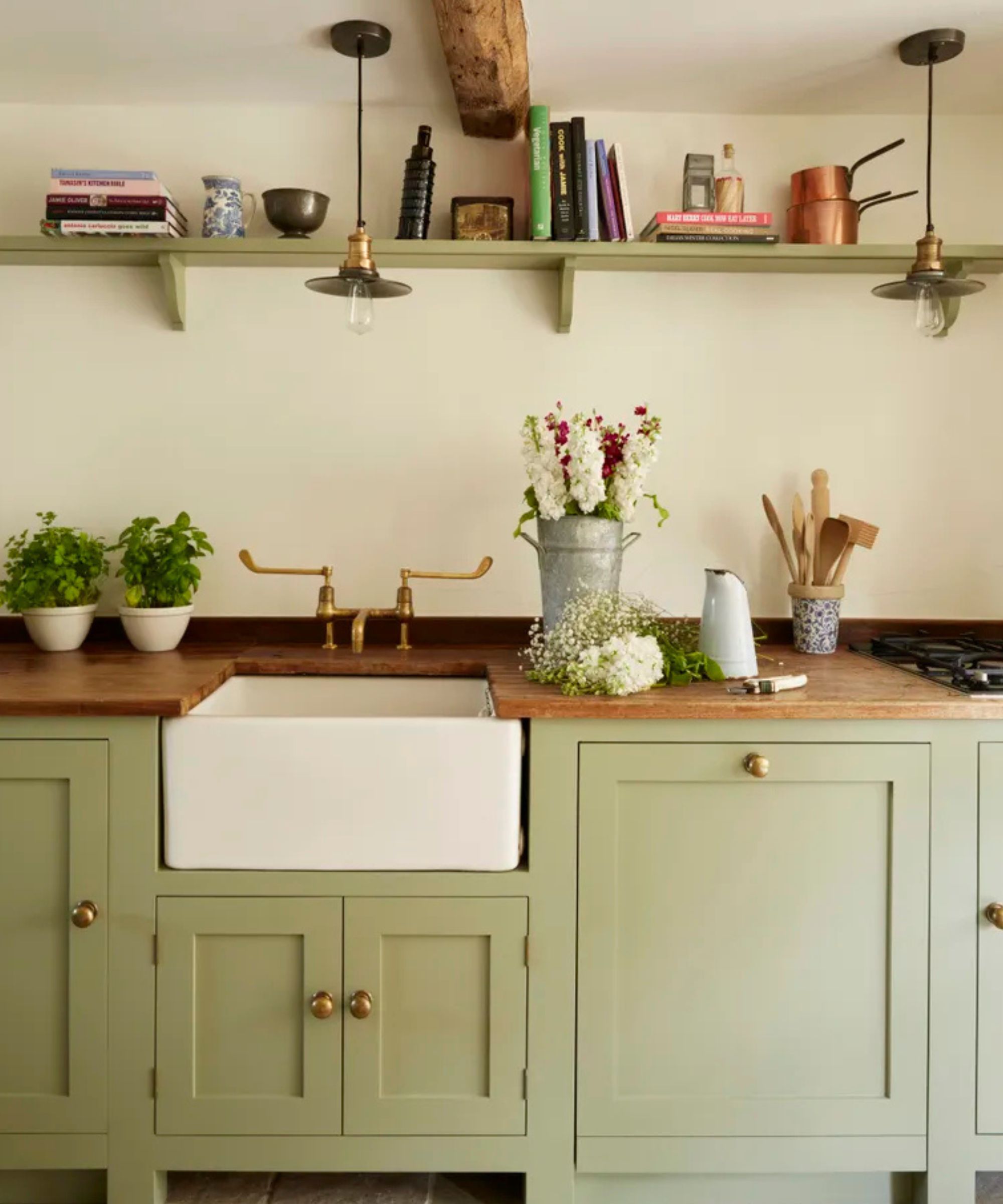
For those who want to have a non-toxic home or want to stop creating unnecessary trash at home, cleaning with pickling juice is a resourceful way to make the most out of leftovers.
Joy says, “While it is unusual, eco-friendly homeowners or individuals seeking to reduce household waste while maintaining clean surfaces will appreciate it.”
If you already use vinegar to clean your house and love the results of it, it is a zero-waste option worth trying.
Trying cleaning with pickling juice
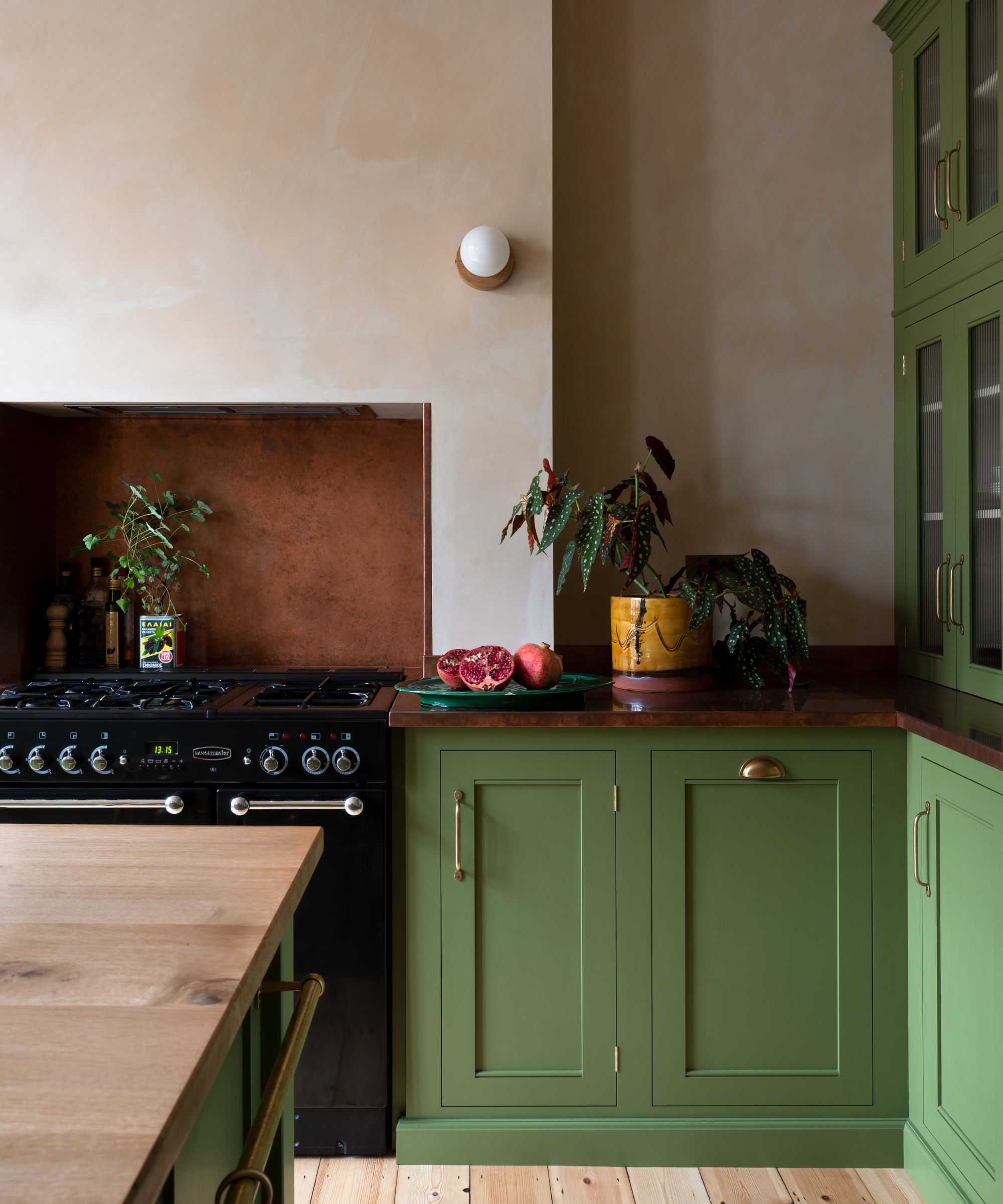
I gave the pickling juice cleaning method a try in my kitchen, trying it on my stained wooden chopping board, in my trash can, and in my well-used French press, all while following the cleaning expert’s advice.
My wooden chopping board had a few different stains on it, so I sprayed the pickling juice onto them, left them for 30 minutes, and then scrubbed them with my beloved Scrub Daddy (available at Walmart).
I was pleased with how well it lifted the stains. While it did leave a pickle-y scent, I didn’t mind this as I love pickles, and the scent makes sense in the kitchen. If I tried this in the bathroom or bedroom, I might have needed to layer it with home fragrance.
I don’t have a garbage disposal, but I do have a stainless steel trash can (the very swish motion-sensor EKO Deluxe Mirage-T from Amazon). With pickle brine being known for making surfaces shine and for removing unpleasant odors, it was a great place to try it.
I sprayed the can inside and out with my pickle spray bottle, then wiped the surfaces with a warm microfiber cloth. I did this in summer when the scent was especially unpleasant, and it cut through it perfectly. Plus, it left the can sparkling – almost as good as it looked when I first bought it.
I drink coffee most days, so I don’t always get around to properly cleaning my French press. I tried filling it halfway with pickling juice and half with water, leaving it for 30 minutes before rinsing it. When I made my first pot of coffee after this there was a slight taste of pickle, but after the second pot, this wasn’t noticeable.
Overall, I give the pickling juice cleaning method a firm 6/10. It is a powerful, eco-friendly cleaning solution that is a smart way to make the most of leftover brine. However, due to its strong scent, I don’t think it will be replacing my regular cleaning sprays anytime soon.
Eco-friendly cleaning essentials

Like the idea of using vinegar to clean, but slightly put off by pickle? Just reach for a quality distilled vinegar like this one, which has no artificial colors of flavours. Walmart shoppers use it to clean coffee makers, clean washing machines, and to deter pests.
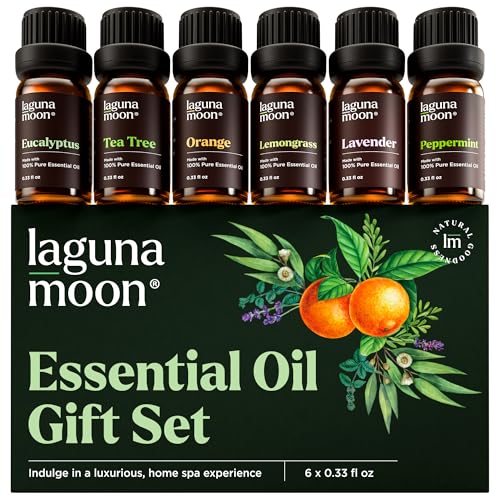
I thought about mixing essential oils in with my pickling juice, but I didn't think it would help much with the smell. However, it does well to mask the scent of regular vinegar. This pack has lots of fragrances to try and over 100,000 five-star reviews.
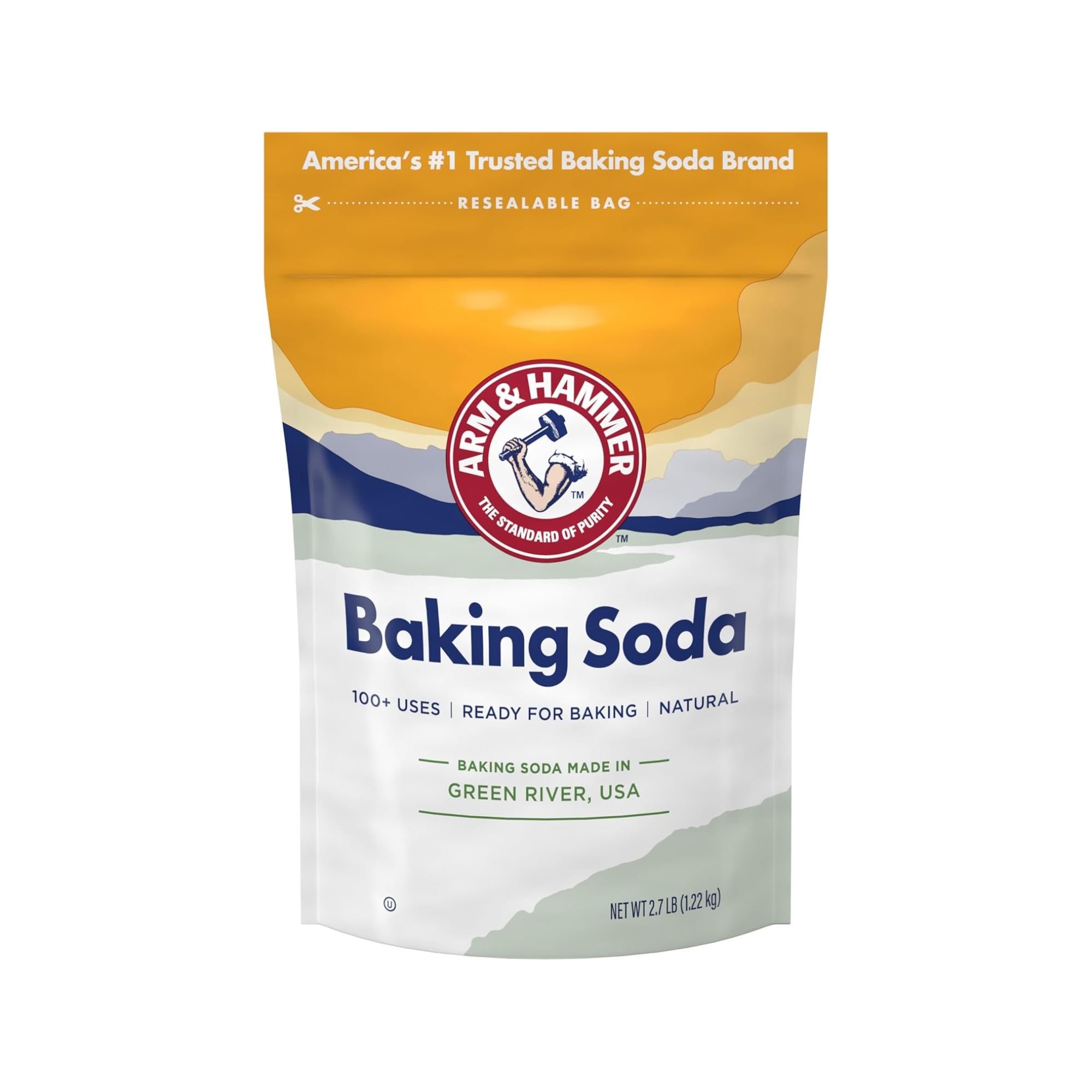
Not only is baking soda great at helping cakes rise, but it is also a powerful natural cleaning agent. I like to use it to get stains out of whites and coffee mugs. I even used baking soda to clean my outdoor rug.
Meet the experts
Looking for more non-toxic cleaning solutions? Learning how to clean with lemon juice and how to clean with essential oils will also help make your home sparkle naturally.







